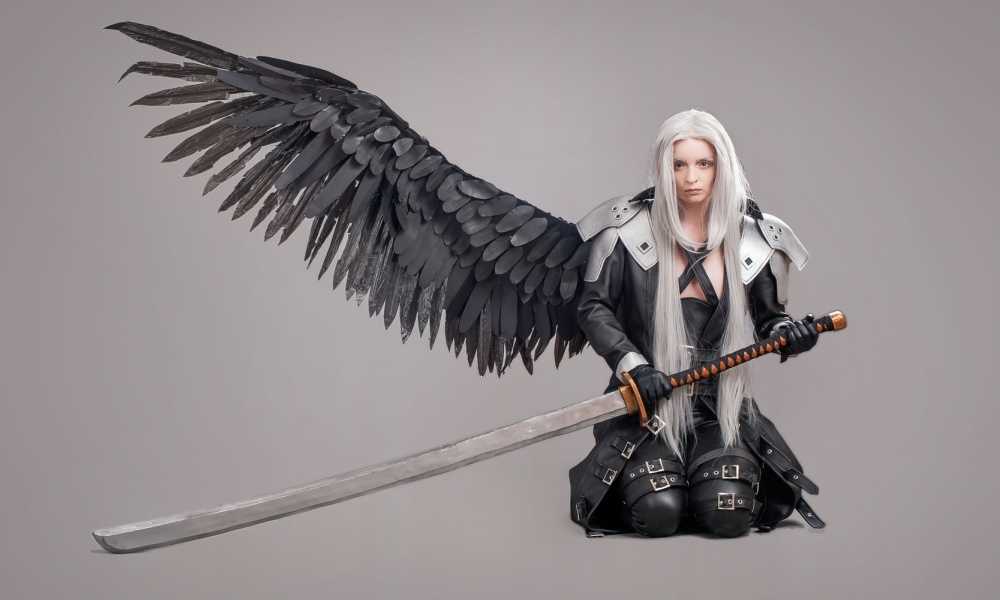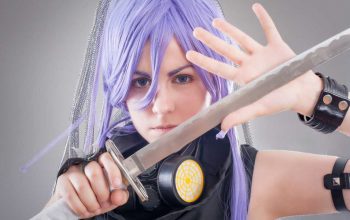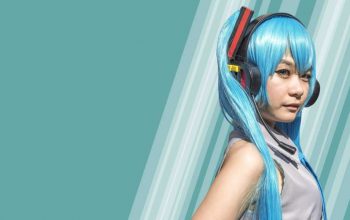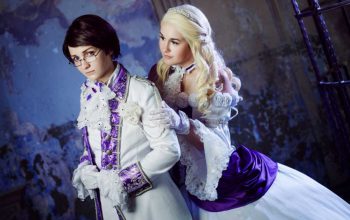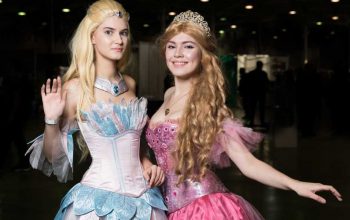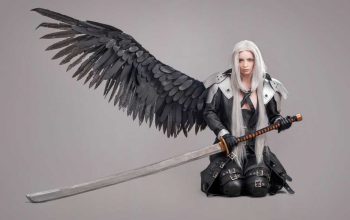After spending a lot of time thinking about who you should cosplay, or how to make your cosplay costume, the next concern are your props.
Props help in making your cosplay costume look more realistic. They complement your character; therefore, they are important parts of the entire cosplay costume. There are different cosplay armor materials that suit different purposes.
Many cosplayers are not aware of these cosplay armor materials, while some of them only know one or two kinds. This article will discuss the kinds of cosplay armor materials, their uses, and how to create armor out of each of them.
Kinds of cosplay armor materials
Basically, there are three kinds of material used for armor props: Craft Foam, Worbla, and Wonderflex. Cosplayers have varying opinions about each these materials including which is best and which suits the kind of armor.
Wonderflex
Wonderflex is a kind of thermoplastic that needs to be reheated before you can do anything with it. It comes in different sizes and prices, and is usually ordered online.
Reheating it can be done using a hair dryer or a heat gun. While it is hot, you can form it to your armor. It can perfectly hold its shape when it has cooled down. And when you get the wrong shape, you can conveniently reheat it again and form it into the shape you need.
Wonderflex can hold itself without using any adhesive. This allows you to smartly hide the seam lines by pressing all the pieces using a spoon or any hard tool. It works like a clay and can be formed into any shape. The limitation of Wonderflex is can’t make complete curves and too much re-heating will cause a bumpy and uneven texture.
Craft Foam
Among the cosplay armor materials, Craft Foam is the cheapest. One pack of Craft Foam contains 12 sheets and costs around $7. It can be used for creating wing armor, which can use 12 sheets of the foam pack. Craft Foam is smooth on both sides, and does not get bumpy when re-heated.
But some downsides of this cosplay armor material are that it can’t handle perfect circles and can’t stick to itself; you need glue to stick its parts together and make sure they are properly secured.
Worbla
Among the other two cosplay armor materials above, Worbla is the most expensive. But it is very cost-effective because it is very flexible in how you do your armors and props.
It works like a Wonderflex—it needs to be reheated in order to form into the shape you need. It can create complete curves and is perfect for creating pauldrons and chest plates. It can also stick to itself, but only on one side.
Worbla is the flimsiest thermoplastic; this means that it needs something hard behind it to hold it, and it also needs a template when creating curves or else it will result in a bumpy texture. Also, Worbla does not have a smooth side, so you need to prime it before applying paint so it will be smooth for your armor.
Conclusion
Among the cosplay armor materials above, none of them is perfect. But one of them can fit the armor you are planning to create. Learn more about the specific armor you need for your cosplay costume from the very little details to the most obvious parts.
You can combine these materials to create your armor. For example, you can use Worbla for round parts, Craft Foam for the little details or flat parts, and Wonderflex for strong curves. Don’t worry about how to create armor using these materials because there are online resources on how to use them.
Also, do not forget about the network of cosplayers you have built so far. Your fellow cosplayers are more than willing to help you out in making cosplay costumes and armor. Remember, the purpose of cosplaying is to have fun creating costumes, dress yourself as a character, and make more friends along the way.
Your cosplay armor doesn’t need to be perfect or look realistic. The effort you put into it depends on your personal choice, but one thing should be kept in mind: do not be intimidated, and make sure that each part of your armor won’t fall off.

